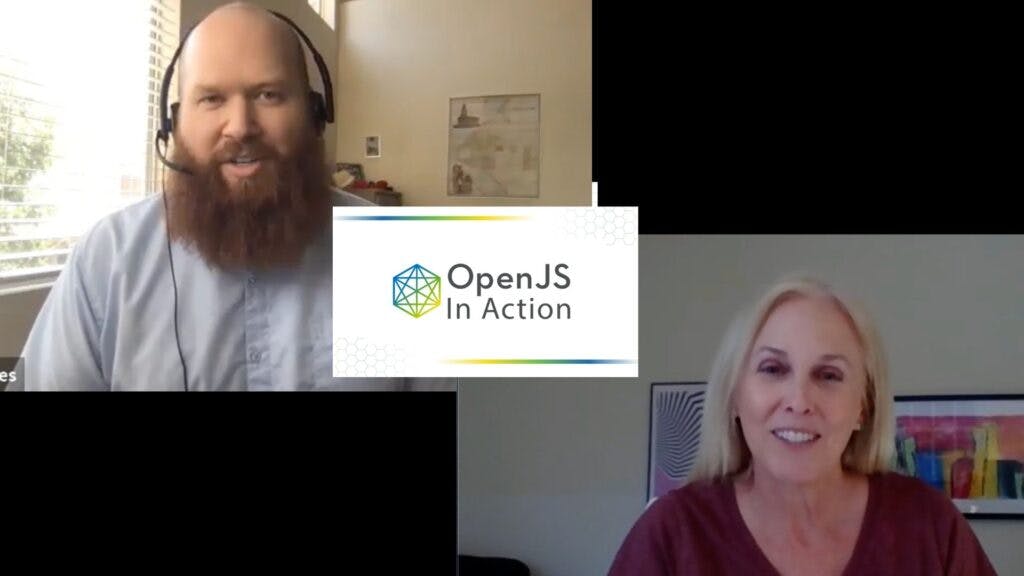OpenJS In Action: ESRI powering COVID-19 response with open source
The OpenJS In Action series features companies that use OpenJS Foundation projects to develop efficient, effective web technologies.

OpenJS In Action: ESRI powering COVID-19 response with open source
The OpenJS In Action series features companies that use OpenJS Foundation projects to develop efficient, effective web technologies.
Esri, a geographic information systems company, is using predictive models and interactive maps with JavaScript technologies to help the world better understand and respond to the recent COVID-19 pandemic. Recently, they have built tools that visualize how social distancing precautions can help reduce cases and the burden on healthcare systems. They have also helped institutions like Johns Hopkins create their own informational maps by providing a template app and resources to extend functionality.
Esri uses OpenJS Foundation projects such as Dojo Toolkit, Grunt, ESLint and Intern to increase developer productivity and deliver high-quality applications that help the world fight back against the pandemic.
Esri’s contributions to the COVID response effort and an explanation of how they created the underlying technologies are available at this video:
Robin Ginn, Executive Director of the OpenJS Foundation, spoke with Kristian Ekenes, Product Engineer at Esri, to highlight the work his company has been doing. Esri normally creates mapping software, databases and tools to help businesses manage spatial data. However, Ekenes started work on a tool called Capacity Analysis when the COVID-19 pandemic began to spread.
Capacity Analysis is a configurable app that allows organizations to display and interact with results from two scenarios predicting a hospital’s ability to meet the demand of COVID-19 patients given configurable parameters, such as the percentage of people following social distancing guidelines. Health experts can create two hypothetical scenarios using one of two models: Penn Medicine’s COVID-19 Hospital Impact Model for Epidemics (CHIME) or the CDC’s COVID-19Surge model. Then they can deploy their own version of Capacity Analysis to view how demand for hospital beds, ICU beds, and ventilators varies by time and geography in each scenario. This tool is used by governments worldwide to better predict how the pandemic will challenge specific areas.
During the interview, Ekenes spoke on the challenges that come with taking on ambitious projects like Capacity Analysis. Esri has both a large developer team and a diverse ecosystem of applications. This makes it difficult to maintain consistency in the API and SDKs deployed across desktop and mobile platforms. To overcome these challenges, Esri utilizes several OpenJS Foundation projects including Dojo Toolkit, Grunt, ESLint and Intern.
Ekenes explained that Grunt and ESLint increase developer productivity by providing real-time feedback when writing code. The linter also standardizes work across developers by indicating when incorrect practices are being used. This reduces the number of pull requests between collaborators and saves time for the entire team. Intern allows developers to write testing modules and create high-quality apps by catching bugs early. In short, Esri helps ensure consistent and thoroughly tested applications by incorporating OpenJS Foundation projects into their work.